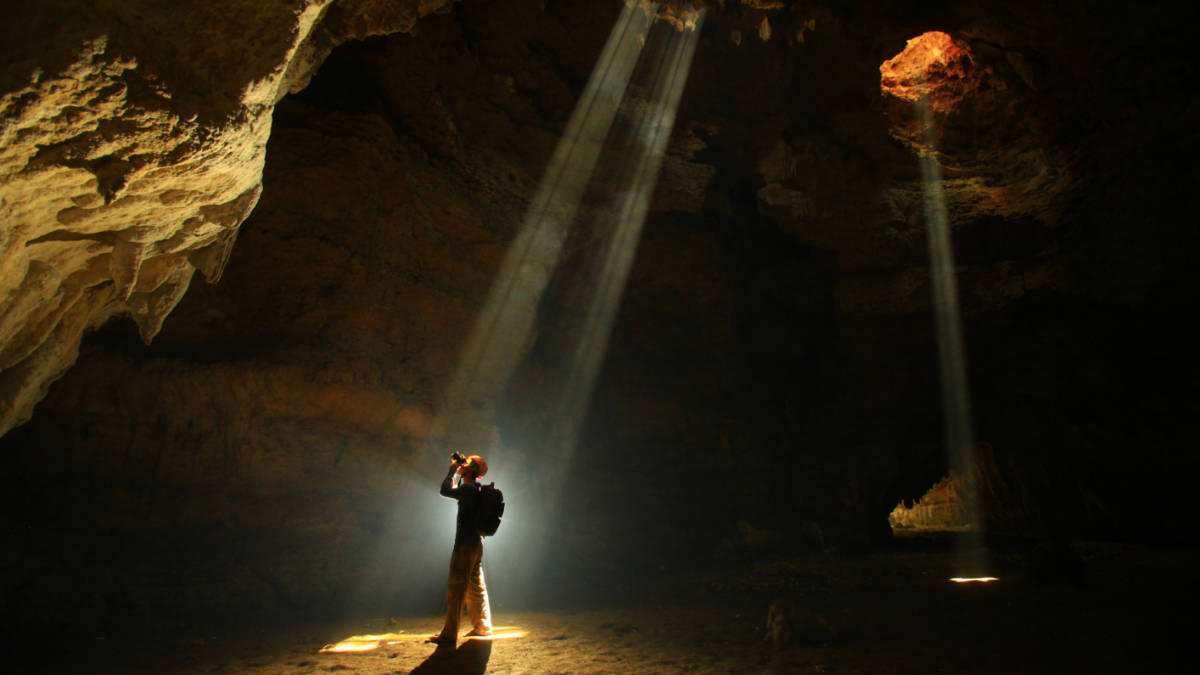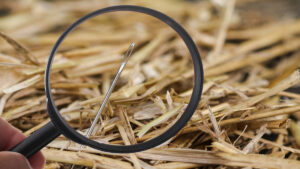HRE confirms widespread REE mineralisation in a newly discovered part of the Cowalinya project

Widespread rare earth mineralisation now occurs over 5km of strike and up to 3km wide in an expanded Western Zone. Pic: Getty Images
Most of the assays, which have been received for an additional 118 holes, are from drilling in the newly discovered Western Zone of rare earth mineralisation at the Cowalinya project.
Heavy Rare Earths (ASX:HRE) says the Western Zone now strikes over a minimum of 5km, is 3km wide with an average thickness of 11.3m and boasts a material increase on the ~9m average thickness of the Cowalinya resource.
Assays from 9 of 11 adjacent 200m-spaced holes in the Western Zone along 6358600N feature 14-36m thick mineralised intervals grading up to 814ppm TREO.
This line of holes is positioned midway between drill traverses for which cross-sections were presented in.
Shallow, thick and high-grade rare earth intersections
Standout shallow hits include 6m at 2,597ppm TREO (54.88% magnet REOS) from 9m, 4m at 1,976ppm TREO (31.8% magnet REOS) from 21m, and 14m at 1,278ppm TREO (24.8% magnet REOs) from 14m.
Another 2km south along 6356600N, section A-B comprises 12 200m-spaced holes AC173-AC175 and AC410-AC418 where over half of the holes intersected thick and/or high-grade rare earth mineralisation.
These results include 5m @ 1784 ppm TREO from 21 metres, 22m at 1,018ppm TREO from 16m, and 16m @ 929 ppm TREO from 11 metres.
Holes from the adjacent drill line 400m south also returned assays as high as 2597ppm TREO over 6m.
What’s next?
The results for a further 30 holes are pending, however once received, will complete the drill extent of widespread saprolite-hosted rare earth mineralisation in the Western Zone.
Results are expected in April.
This article was developed in collaboration with Heavy Rare Earths, a Stockhead advertiser at the time of publishing.
This article does not constitute financial product advice. You should consider obtaining independent advice before making any financial decisions.
Related Topics

UNLOCK INSIGHTS
Discover the untold stories of emerging ASX stocks.
Daily news and expert analysis, it's free to subscribe.
By proceeding, you confirm you understand that we handle personal information in accordance with our Privacy Policy.








